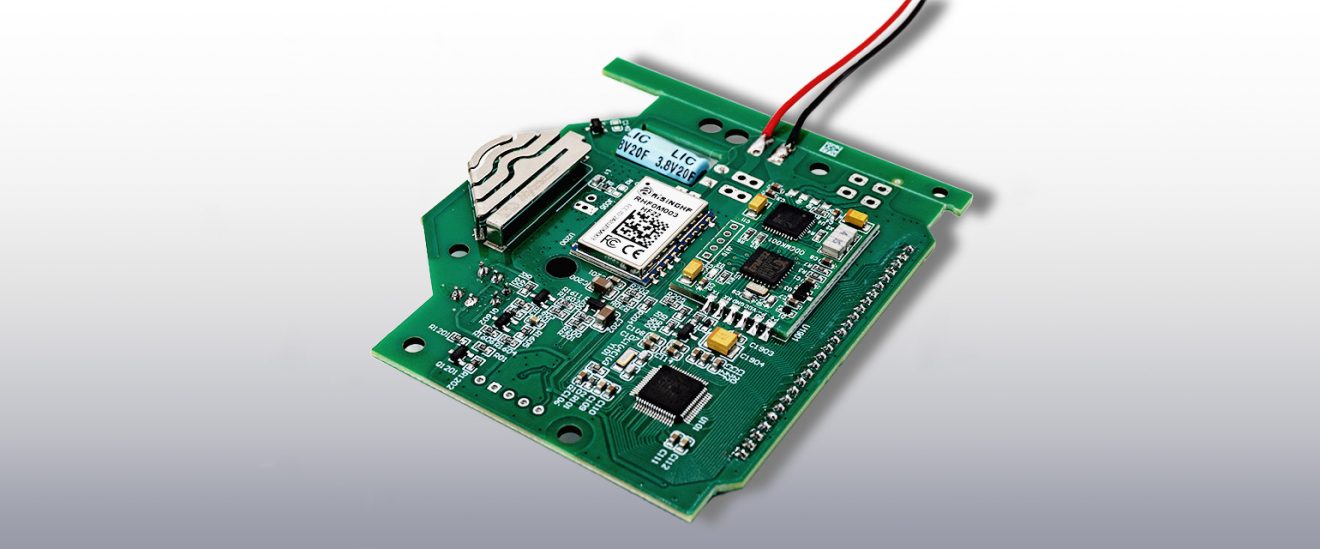Patch antennas are a vital component in the realm of wireless communication. Their compact size and lightweight design make them ideal for various applications, from mobile devices to satellite communications. But what exactly are patch antennas, and how do they function?

What Are Patch Antennas?
Patch antennas, also known as microstrip antennas, consist of a flat rectangular or circular radiating element mounted on a dielectric substrate. This configuration allows for a low-profile design, which is particularly advantageous in applications where space is limited. The simplicity of their design contributes to their widespread use in modern technology.
Key Features of Patch Antennas
- Compact Size: Patch antennas are typically small, making them suitable for integration into various devices.
- Lightweight: Their lightweight nature allows for easy installation and deployment.
- Cost-Effective: The manufacturing process for patch antennas is relatively inexpensive, which is beneficial for mass production.
- Versatile Applications: They are used in GPS, Wi-Fi, and cellular communications, among other technologies.
Design Considerations for Patch Antennas
When designing patch antennas, several factors must be taken into account. These include the choice of substrate material, the dimensions of the patch, and the desired frequency of operation. The substrate material affects the antenna's performance, including its bandwidth and efficiency. For instance, a low-loss dielectric material can enhance the antenna's efficiency, while the dimensions of the patch determine its resonant frequency.
Common Design Techniques
There are various techniques used to optimize the performance of patch antennas. Some of these include:
- Slot Loading: This involves cutting slots into the patch to improve bandwidth.
- Stacked Configuration: Stacking multiple patches can enhance gain and bandwidth.
- Using Parasitic Elements: Adding parasitic elements can help in achieving better directivity.
Applications of Patch Antennas
Patch antennas are utilized in numerous applications across different industries. Their ability to operate at specific frequencies makes them suitable for:
- Mobile Communications: They are commonly found in smartphones and tablets.
- Satellite Communications: Patch antennas are used in satellite dishes for signal reception.
- IoT Devices: Their compact size makes them ideal for Internet of Things (IoT) applications.
For more insights into how embedded antennas are revolutionizing IoT connectivity, check out this article.
Conclusion
In summary, patch antennas play a crucial role in modern wireless communication systems. Their unique design, coupled with their versatility, makes them indispensable in various applications. Understanding the fundamentals of patch antennas not only enhances our knowledge of wireless technology but also opens doors to innovative solutions in the future.





